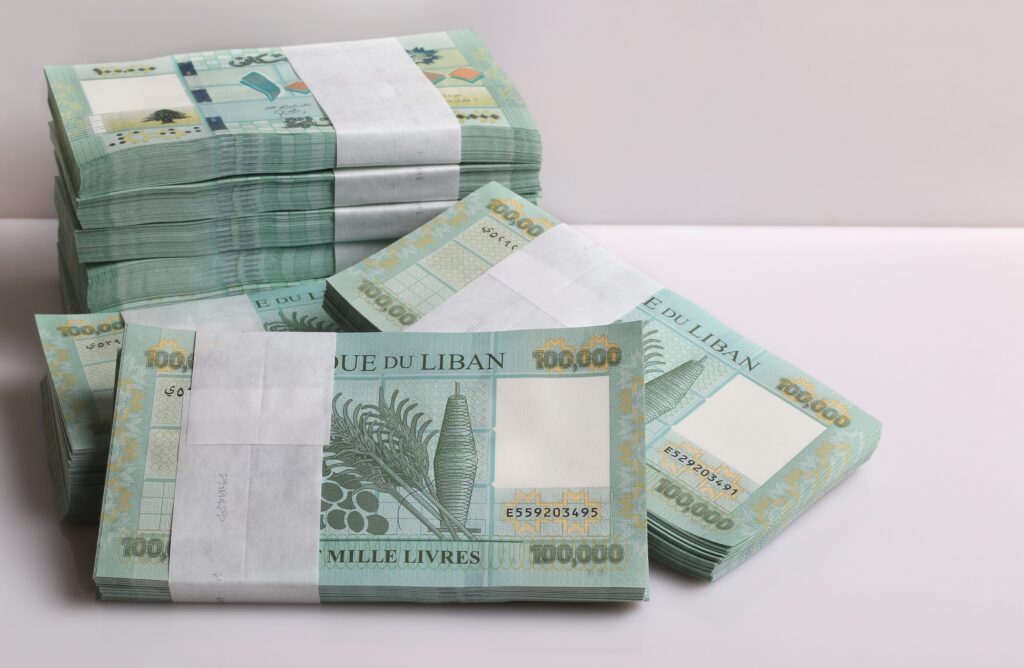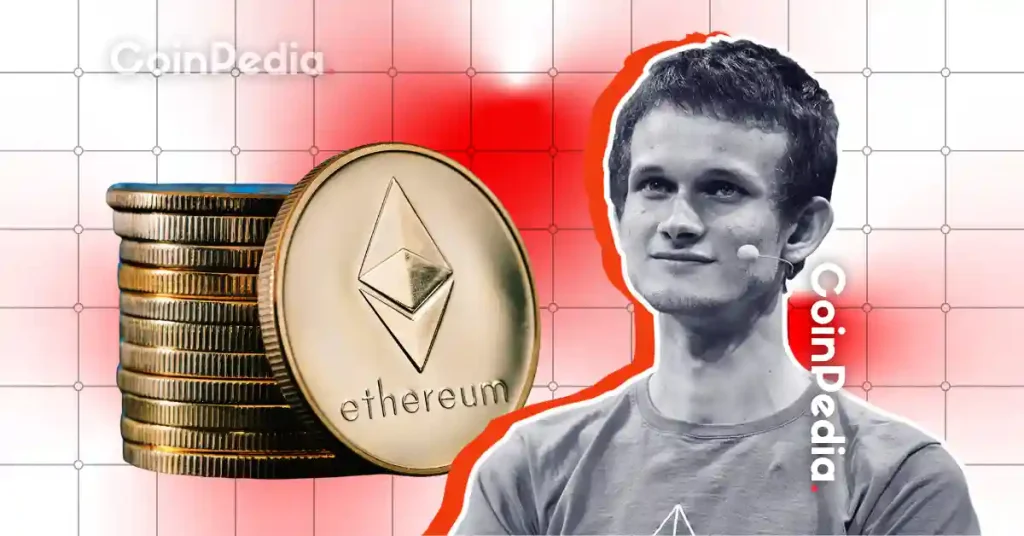
Maybe I’m “the grim reaper of the banking crisis”. It has experienced three banking crises in the last ten years. I’ve grown accustomed to banks saying, “Actually, I lost your money.
Born and raised in Greece to Lebanese parents and now living in Cyprus, I learned a lot about the risk governance failures of Cyprus banks (2013), Greek capital capped at €20 a day in 2016 It has experienced value loss from regulation, Lebanese hyperinflation and the conversion of dollar deposits into the Lebanese dollar, the so-called “Lollar”. None of these crises were foreseen.
The governor of Lebanon’s central bank, who now has an arrest warrant from Interpol, was once revered as one of the world’s greatest “financial engineers.”
Cyprus has been a hub of financial services and tax savings for decades.
Greece is a member of the European Union (EU) and was one of the first countries to adopt the euro. It has one of the world’s largest tourism industries, as well as the world’s largest shipping fleet, accounting for more than 20% of the world’s total. there is
Effects of the banking crisis
Several banks have failed in America this year. Thankfully, the Federal Reserve (Fed) seems to be paying attention to the insidious yield farming schemes seen in the crypto industry, and has introduced a “term for banks” that allows banks to mark-to-market their held-to-maturity assets. devised the Bank Term Funding Program. This is like a smart contract that holds assets up to a certain block height, removing the dependence on external information.
Many American crypto firms have been affected by the loss of banking services.
For example, Circle, which issues the stablecoin USD Coin (USDC), had billions of dollars in cash deposited with Silicon Valley banks, causing USDC’s dollar peg to temporarily disappear for the first time.
Without intervention, Circle would have recovered only $250,000 of its $3.3 billion in cash through the Federal Deposit Insurance Corporation’s (FDIC) protection program. All bank depositors would have paid the price of hundreds of billions of dollars in interest rate risk turmoil, creating a regional or wider depression.
The crypto market reacted in the right way, but also in the wrong way. A depeg was a given until regulators hammered out their plans, but the $3.3 billion Circle had deposited with Silicon Valley banks was only about 8% of its reserves to maintain the dollar peg. The rest of USDC’s underlying assets were US Treasuries managed by Blackrock, presumably held in multiple custodians.
This is one of the points of this article. For wealthy individuals or businesses, it is better to hold depegged USDC than cash deposits that are guaranteed only “$250,000” in the event of a bank failure. It’s really simple. And now there are several more popular options being developed in the blockchain marketplace, such as tokenized bonds and money market funds (MMFs).
Yes, digital assets are really safer than bank deposits + government insurance during a banking crisis.
I’m speaking from experience, so believe me.

 Lebanese Pound Crashed in 2020 Defaults (Shutterstock)
Lebanese Pound Crashed in 2020 Defaults (Shutterstock)The evolving definition of cash
Currencies always have counterparty risk. In other words, who should pay the debt in the event of a financial crisis?
On the one hand, central banks offer cash, treasury bills (short-term government bonds) and government bonds, which are closest to government debt.
On the other side are commercial banks with capped deposit insurance limits. In a fractional reserve banking system, the depositor is under the control of the bank’s risk management team who has already lent the deposit to someone else for a profit. What you think of as an asset has become a liability.
In this way, the depositor assumes all of the bank’s risk, but with no return. Even now, when bond yields are pretty good. Instead, depositors face a constant stream of obscure fees and cumbersome KYC/AML (know your customer/anti-money laundering) measures. Have you ever sent money to a cryptocurrency exchange? Didn’t you buy drugs? and.
Moreover, banks are not the only counterparties with such mechanisms. Securities companies and exchange brokers have similar mechanisms. So, through the Securities Investor Protection Corporation (SIPC), there is insurance with a cap of $500,000, but also for stocks and money market funds.
Security provided by crypto assets
So what is safe?
Self-custody and custody management of private keys, one of the first and leading use cases for crypto assets, allows investors to remove several key risk factors.
Next, asset composition. For Circle’s USDC, it’s cash (about 10%) and short-term Treasuries (about 90%). This helps to clearly identify risk factors.
Additionally, what counterparties are involved in asset management. In the case of tokenized real assets (RWA), issuers will likely opt for segregated custody. This eliminates the risk of repledgement leading to counterparty default and loss of assets.
And most importantly, the assets are yours. Your keys, your assets, and the man-in-the-middle forcing waste do not exist in crypto.
The reality is that blockchain technology does not scale. Over the last 15 years, many of the industry’s dominant stories have been less than successful. All I can say is that there are use cases where individuals can minimize or eliminate disadvantage and counterparty risk simply by managing the private keys of isolated real assets.
Possibly holding USDC is a good hedge against bank failures and limited deposit insurance.
Or consider tokenized government bonds offered by DeFi (decentralized finance) protocol OpenEden. Underlying short-term government bonds are held in segregated accounts with traditional qualified custodians. Divisible, liquid, transferable, yield paid, no bank exposure, etc.
Until the advent of real assets issued directly on the blockchain (RWA), we have to consider the best counterparty structure today and where to store paper assets.
If what I’ve said here doesn’t resonate with you, it’s because you haven’t experienced the banking crisis I faced. Maybe it’s because we expect central banks to bail out banks when things go wrong, as they did in 2008. It was around the time Bitcoin was born.
Remember why Bitcoin was created in the first place?
|Translation and editing: Akiko Yamaguchi, Takayuki Masuda
|Image: Shutterstock
|Original: Why Tokenized Assets Are Safer During a Banking Crisis
The post A person who experienced three banking crises talks about why tokenized assets are safe | CoinDesk JAPAN | CoinDesk Japan appeared first on Our Bitcoin News.

 2 years ago
127
2 years ago
127














 English (US) ·
English (US) ·